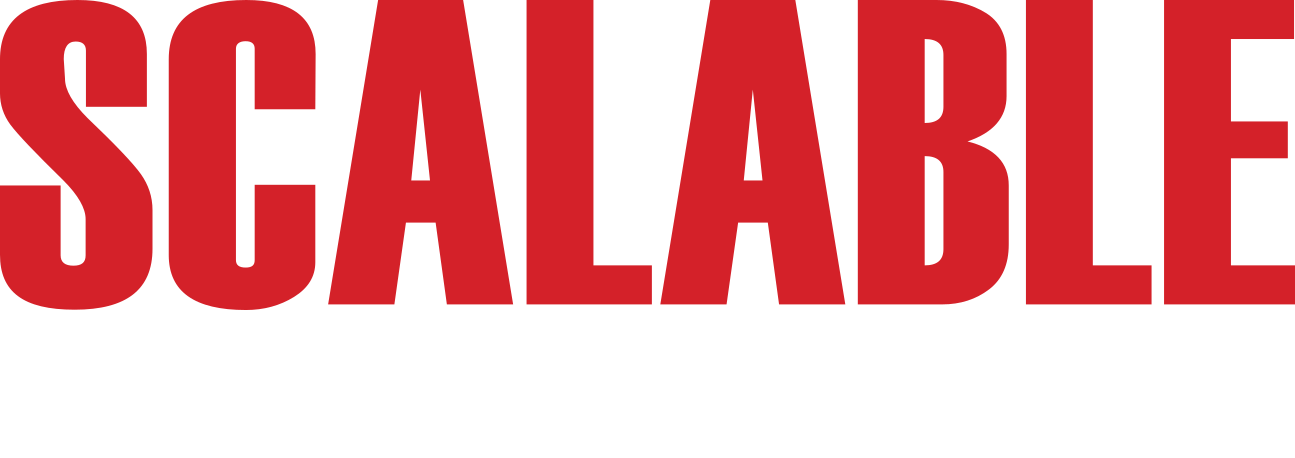The integration of real-time data and analytics into the healthcare ecosystem can optimize patient outcomes and satisfaction. The digitization of healthcare is facilitating improved patient outcomes through streamlined processes, remote care capabilities, and preventive analytics.
On the other hand, the application of cutting-edge technologies like the Internet of Medical Things (IoMT), telemedicine, robotics, genomics, and nanotechnology has caused a flood of data. It is projected that by 2025, data will reach 175 zettabytes (10,000 TB) worldwide.
The generation of large volumes of data from diverse sources in various formats can impede its effective utilization. However, consolidated, cleansed, harmonized, integrated, and readily accessible data can unlock the potential for innovation and drive advancements in healthcare.
Challenges in Managing the Tsunami of Data
Organizations must overcome obstacles to acquire insightful information from the ever-expanding data assets.
Several Unstructured Data Sources
Healthcare organizations gather large amounts of data from a variety of sources, including patients, providers, and pharmacies, as well as data from claims, social determinants of health (SDOH), Compliance, and plan-specific sources.
Numerous organizations are either unaware of the extensive repository of patient data or are hindered by the lack of standardization in data storage, preventing various stakeholders from obtaining a comprehensive understanding of an individual’s health status.
Current data restrictions can hinder researchers’ ability to obtain reliable insights by combining identifiable and de-identified data sets. Developers must create efficient authorization procedures to extract factual information from the available data that is scientifically accurate while protecting patient privacy.
Data Complexity is a Factor
Today’s healthcare data is complicated and frequently disorganized because organizations do not follow standards and strict privacy laws and regulations create obstacles. These challenges make it increasingly difficult to use this data bank effectively.
A 4-step Framework to Manage Data Deluge
Enterprises must reassess their data strategy to efficiently handle the flood of data. Using the vast amounts of data already available, stakeholders may easily use a four-step methodology to update, streamline, and simplify the health system.
Step 1: Obtaining, Preserving, and Comprehending the Data: A crucial initial step is to create procedures for acquiring real-time data.
To ensure ease of accessibility, comprehension, and use, stakeholders must weigh the benefits and drawbacks of keeping data in various venues such as the cloud, in-house/premise data centers, or a combination of these options.
Step 2: Standardizing Data through Quality Checks: Standardization is necessary for raw data to be processed, compared, and comprehended. Once saved, information must be tagged and arranged according to its source, the time it was collected, its contents, how often it was transferred, and other factors.
Additionally, data needs to be strictly standardized in order to fulfil its intended purpose, which may include using it for medical care, enterprise wide, or inside a company.
To guarantee the accuracy, consistency, and legitimacy of the data, periodical inspections are required. Finding problems and abnormalities with data quality would also be aided by the application of artificial intelligence and machine learning algorithms. Building a strong framework requires protecting data at all stages of its existence, whether it be in transit or at rest.
Step 3: Combine the Data: To obtain deeper insights and practical results, we must integrate all the data currently stored in silos using tools like federated learning models, cloud-based integration platforms as a service (iPaaS), Graph databases, and cloud-based integration platforms. This task requires a thorough understanding of the consumption use cases.
Step 4: Permitting the Usage of Data: To enable data use, you must first identify possible users and intended outcomes, then catalog, protect and integrate the data. This requires continuous monitoring and analysis of the business landscape, as well as sharing that knowledge throughout the integration process to establish a robust and smooth feedback loop.
Conclusion
The industry is moving towards building stronger end-to-end data pipelines with the required tools to support governance, facilitate data consumption, and simplify data management. Additional legislation will further enforce the adoption of standard formats. However, the quick development of edge computing, 5G networks, genomics, and other fields will only increase the amount of data.
The healthcare industry will need to prepare for the future in order to handle the difficulties of storing, processing, analyzing, and protecting the complex data that results from genome sequencing patterns, as healthcare providers are poised to offer precision treatments based on these patterns for critical and chronic diseases.
A team with high technological skills needs to build new solutions to handle and keep up with its expanding volume. We have access to our ever-expanding data arsenal, and with the right creative talent, we can use it to empower the health system and improve its overall performance for everyone.
Read Whitepaper Data Deluge: Taming the World of Big Data
